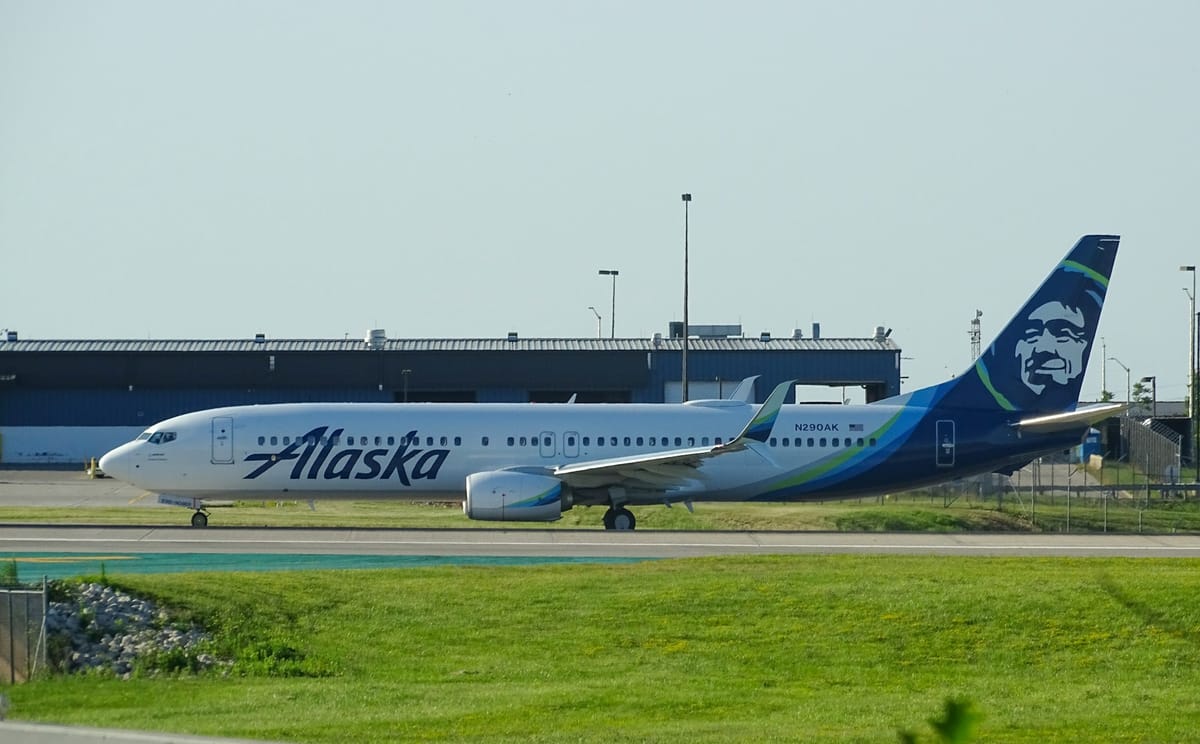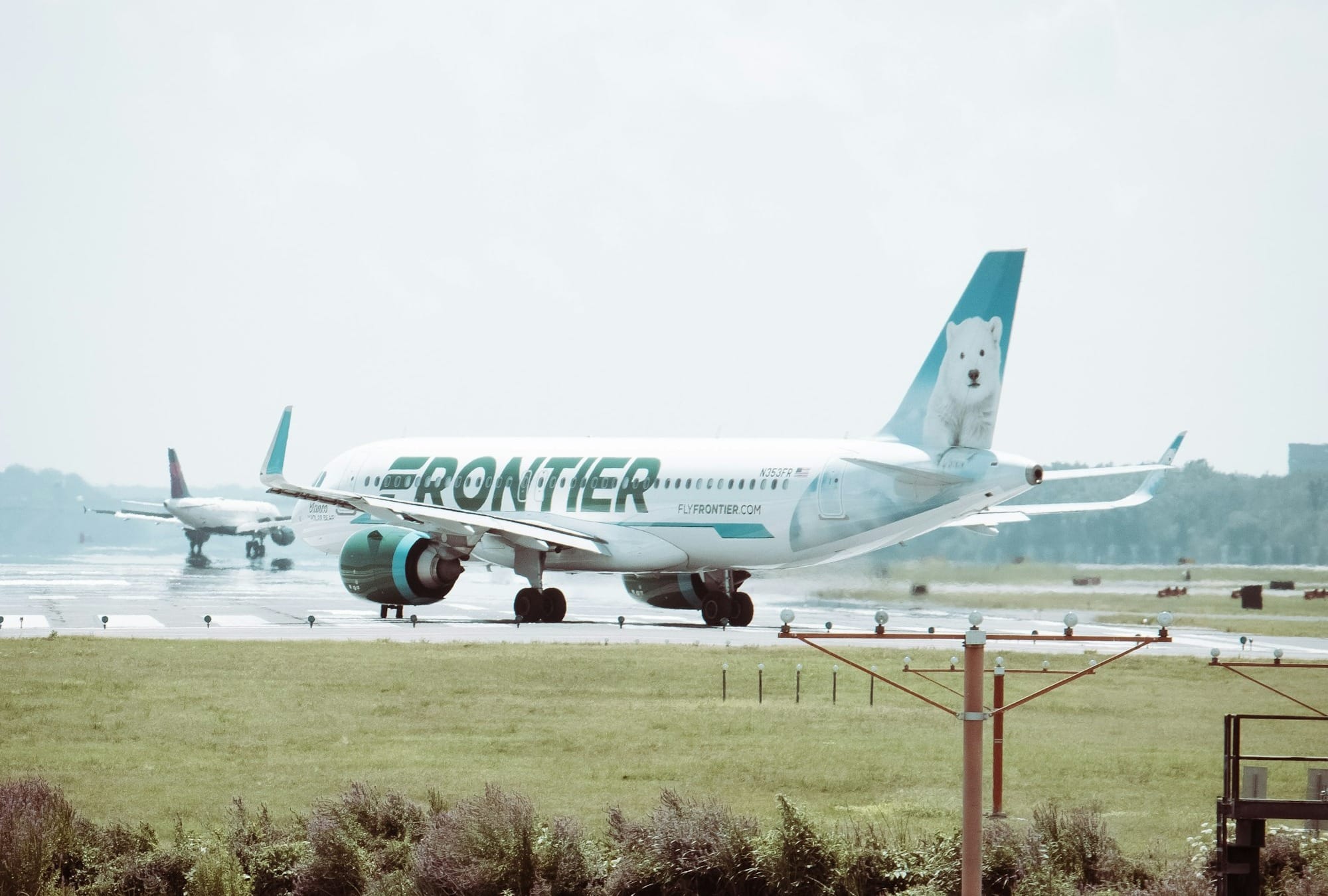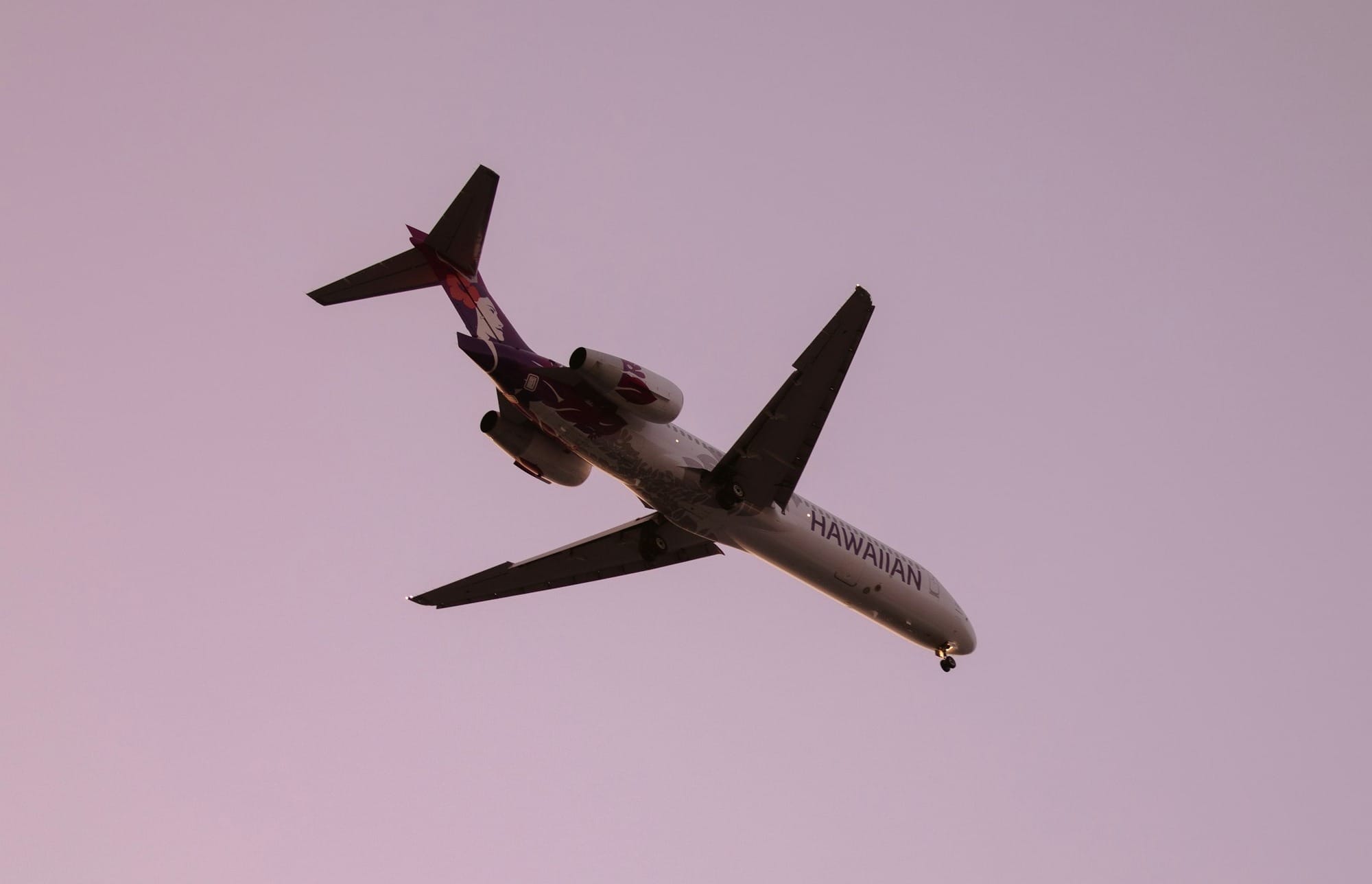Alaska Airlines Set to Acquire Hawaiian Airlines in a $1.9 Billion Cash Deal
In a landmark deal, Alaska Airlines has announced its plans to acquire Hawaiian Airlines, offering a purchase price of $18.00 per share in an all-cash transaction. This strategic move is valued at approximately $1.9 billion and is poised to reshape the aviation landscape.


Alaska Airlines Set to Acquire Hawaiian Airlines in a $1.9 Billion Cash Deal
Key Takeaways:
- Alaska Airlines has announced its intention to acquire Hawaiian Airlines for $18.00 per share in cash.
- The transaction is valued at approximately $1.9 billion, marking a significant consolidation in the aviation industry.
- The acquisition is expected to bring operational efficiencies and an expanded route network for Alaska Airlines.
Alaska Airlines has made a bold move in the aviation sector by announcing its plan to acquire Hawaiian Airlines for $18.00 per share in cash. This transaction, valued at approximately $1.9 billion, is set to reshape the competitive landscape of the airline industry, particularly within the Pacific region. The acquisition is not only a significant financial investment but also a strategic expansion that could offer numerous benefits to both airlines, their employees, customers, and shareholders.
The announcement has stirred the market, with analysts and investors closely monitoring the implications of this merger. In this comprehensive article, we will delve into the details of the acquisition, its strategic significance, the potential impact on the industry, and what it means for the future of air travel in and out of Alaska and Hawaii.
Advertising
Strategic Rationale Behind the Acquisition
Alaska Airlines' decision to acquire Hawaiian Airlines is rooted in a strategic vision to expand its footprint in the aviation market. By integrating Hawaiian Airlines' strong presence in the Pacific with Alaska Airlines' extensive network, the combined entity is poised to become a dominant player in the region. This move is expected to provide Alaska Airlines with access to a broader customer base and enhance its operational capabilities.
The acquisition is also anticipated to result in significant synergies, including cost savings from streamlined operations and increased revenue from an expanded route network. The combined airline will likely benefit from economies of scale, improved purchasing power, and a more robust loyalty program, which could lead to enhanced customer satisfaction and loyalty.
Financial Implications of the Deal
The financial contours of the deal reveal that Alaska Airlines is set to acquire Hawaiian Airlines at $18.00 per share in cash. This price represents a premium over Hawaiian Airlines' recent stock performance, indicating Alaska Airlines' confidence in the value that Hawaiian Airlines brings to the table. The total transaction value of approximately $1.9 billion underscores the scale of this acquisition and its potential to significantly impact both airlines' financial positions.
The funding of the acquisition will likely involve a combination of Alaska Airlines' cash reserves, debt financing, and possibly other financial instruments. The financial markets will be watching closely to see how this deal affects Alaska Airlines' leverage and liquidity, as well as its credit ratings and stock price.

Advertising
Market Reaction and Industry Impact
The announcement of the acquisition has sent ripples through the airline industry, with stakeholders keenly observing the market's reaction. The consolidation of two major airlines could lead to a realignment of market shares, particularly in the Pacific region where both airlines have a strong presence. Competitors may need to reassess their strategies in response to the emergence of a more formidable player in the market.
The deal is also likely to attract regulatory scrutiny, as authorities examine the implications for competition and consumer choice. The successful completion of the acquisition will hinge on the approval of regulatory bodies, which will consider the potential impact on fares, service quality, and the overall competitive landscape.
Operational Efficiencies and Customer Benefits
One of the key motivations behind the acquisition is the pursuit of operational efficiencies. The merger of Alaska Airlines and Hawaiian Airlines is expected to streamline operations, reduce redundancies, and optimize the use of resources. These efficiencies could translate into cost savings, which may be passed on to customers in the form of more competitive fares and improved service offerings.
Customers of both airlines stand to benefit from an expanded route network, offering more destinations and greater flexibility in travel planning. The integration of loyalty programs could also provide enhanced value to frequent flyers, with more opportunities to earn and redeem miles across a wider network of flights.

Integration Challenges and Opportunities
The integration of two airlines is a complex and challenging process, involving the harmonization of systems, cultures, and operations. Alaska Airlines will need to carefully manage the integration to minimize disruptions and ensure a smooth transition for employees and customers. The success of the integration will be critical in realizing the full potential of the acquisition.
However, the integration also presents opportunities for innovation and growth. The combined airline could leverage best practices from both companies to enhance its service offerings, improve operational efficiency, and drive revenue growth. The merger could also provide a platform for Alaska Airlines to expand its international presence and explore new markets.
Regulatory Considerations and Approvals
The acquisition is subject to regulatory approval, which will involve a thorough review by authorities to ensure compliance with antitrust laws and to safeguard consumer interests. Alaska Airlines will need to work closely with regulators to address any concerns and demonstrate that the merger will not adversely affect competition.
The regulatory process may require concessions or adjustments to the proposed merger, including the divestiture of certain assets or the maintenance of specific routes. Alaska Airlines will need to navigate these regulatory hurdles effectively to secure the necessary approvals and move forward with the acquisition.

Advertising
Employee Perspectives and Union Responses
The announcement of the acquisition has significant implications for the employees of both Alaska Airlines and Hawaiian Airlines. Unions representing the workers will play a crucial role in the negotiation of new contracts and the protection of employee rights during the integration process.
Alaska Airlines will need to engage with unions and employees to ensure a smooth transition, address any concerns, and foster a positive work environment. The success of the merger will depend in part on the support and cooperation of the workforce, making effective communication and collaboration essential.
Future of Air Travel in the Pacific Region
The acquisition of Hawaiian Airlines by Alaska Airlines is set to redefine the future of air travel in the Pacific region. The combined airline will have the opportunity to enhance connectivity between the mainland United States, Alaska, Hawaii, and potentially other international destinations.
Passengers can expect to see an expanded network of routes, more flight options, and potentially new services as the airline leverages its increased scale. The merger could also stimulate tourism and business travel, contributing to economic growth in the regions served by the airline.
Summary
Alaska Airlines' acquisition of Hawaiian Airlines represents a strategic move to consolidate its position in the aviation industry, with the transaction valued at approximately $1.9 billion. The merger is expected to bring about operational efficiencies, an expanded route network, and enhanced customer benefits. However, the acquisition faces regulatory scrutiny and integration challenges that will need to be carefully managed. The outcome of this deal could have far-reaching implications for the future of air travel in the Pacific region.
Advertising



